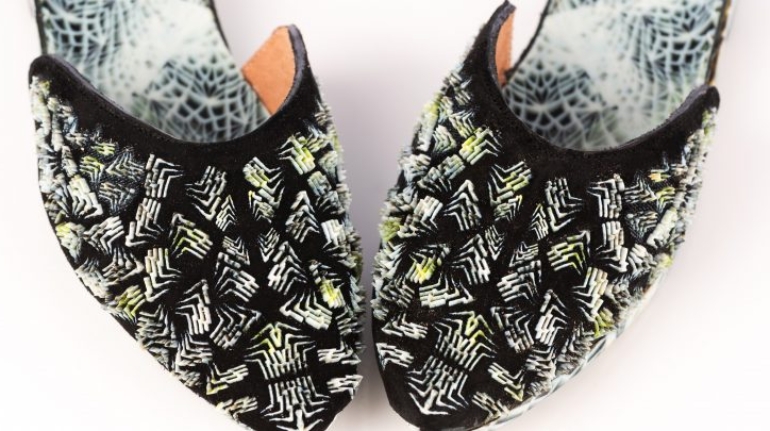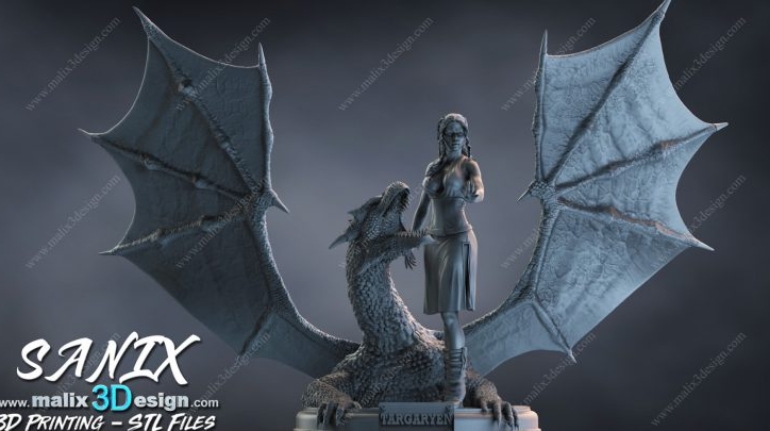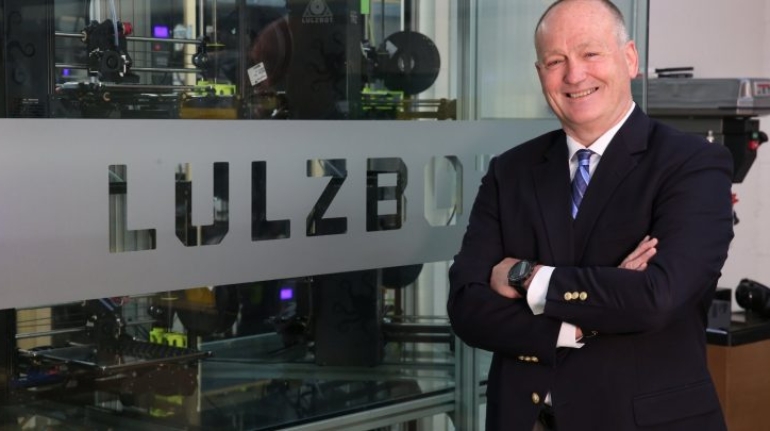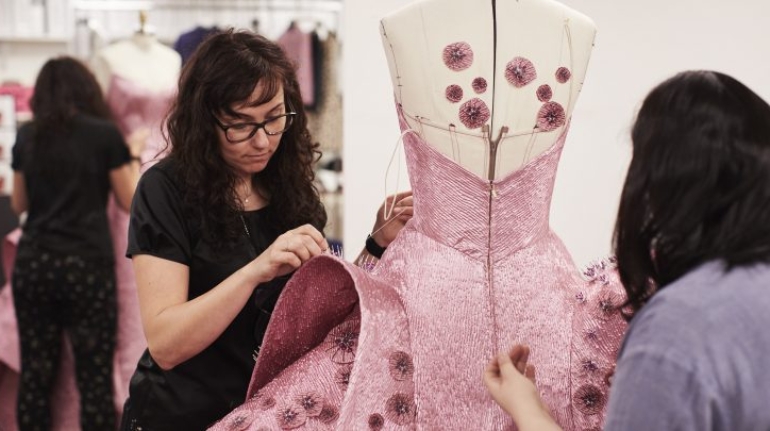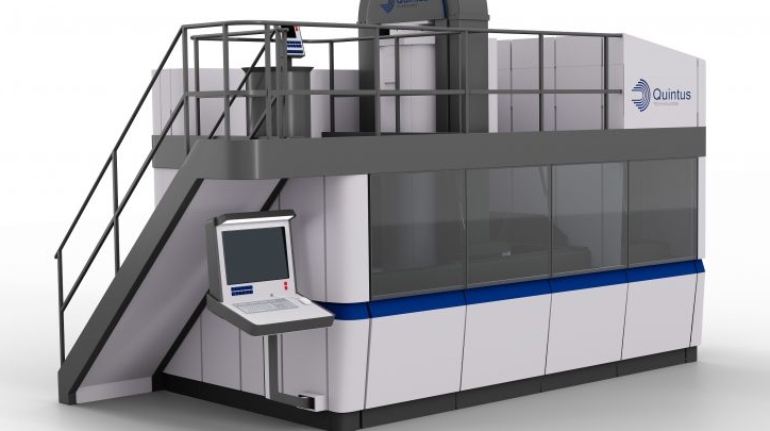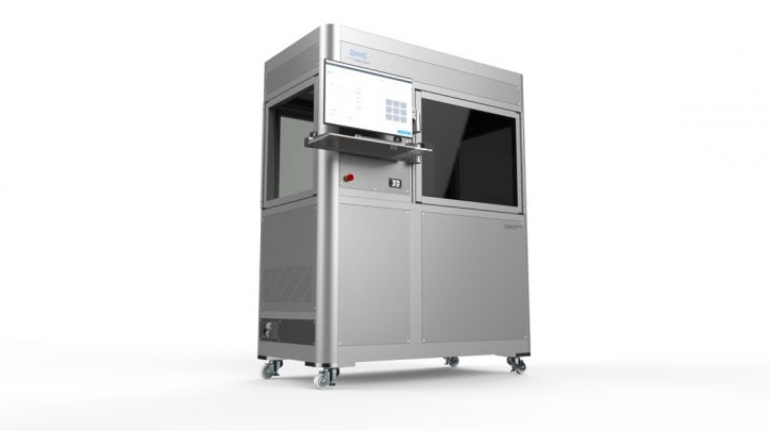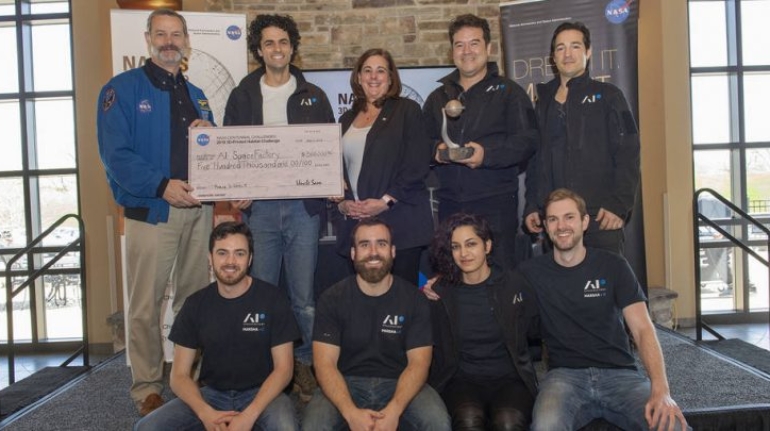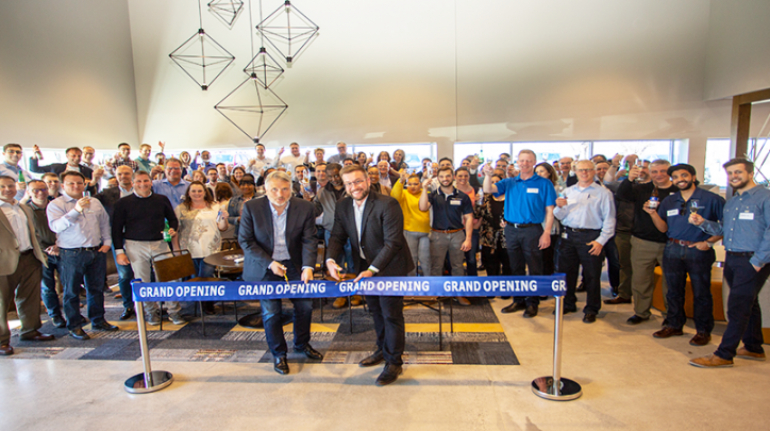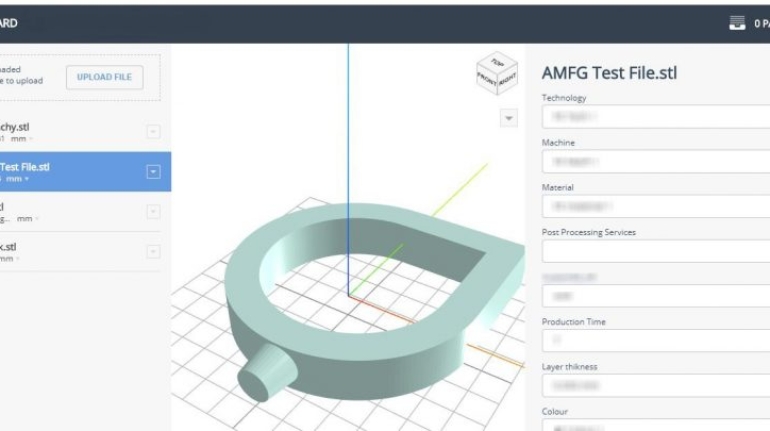Ganit Goldstein unveils new Japan-inspired 3D printed fashion collection Consumer Products
Up-and-coming fashion designer Ganit Goldstein may not have had her 3D printed wearables on display at the recent Met Gala (where Zac Posen became the latest designer to use 3D printing in his work), but her designs are striking nonetheless. Her most recent collection, Shifted Craft, was debuted at Milan Design Week last month.

